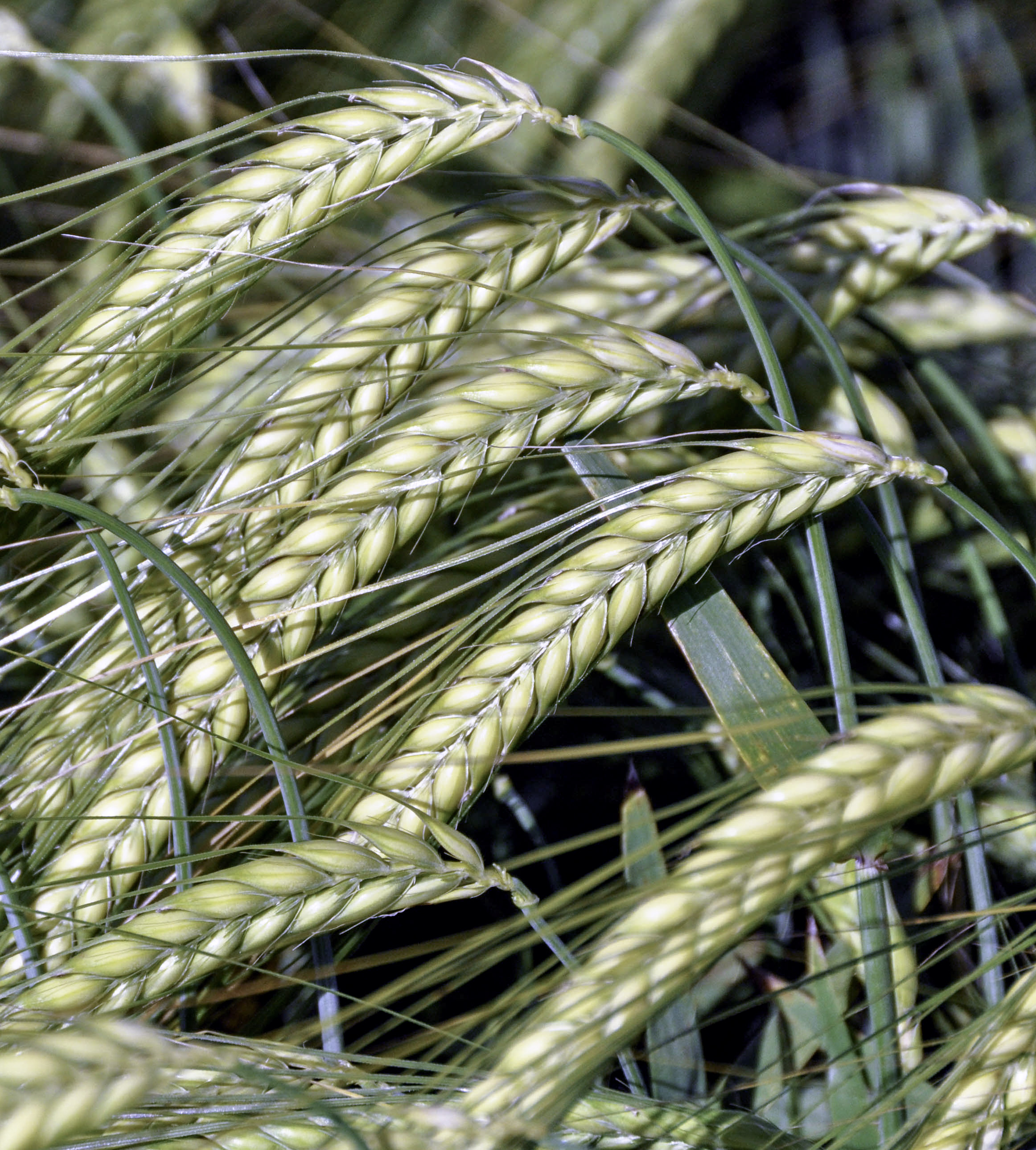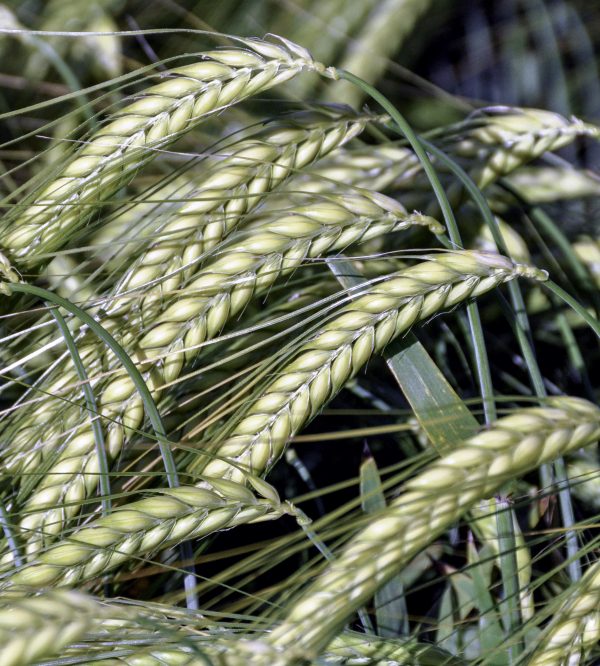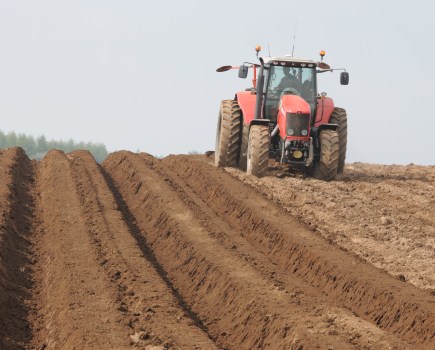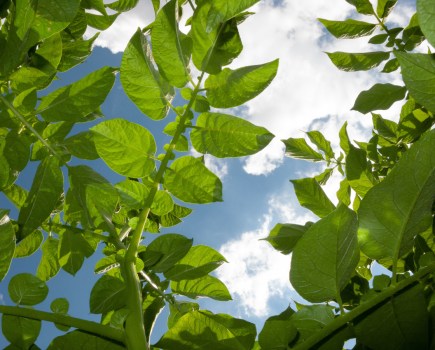 Four new varieties from Senova have been added to the AHDB Recommended List for 2019/20.
Four new varieties from Senova have been added to the AHDB Recommended List for 2019/20.
A two-row winter barley for feed, the highest yielding spring barley with potential for brewing use, a spring oat with very stiff straw and a hard Group 4 spring wheat with the best performance from autumn sowing have all been recommended for the UK and will have seed available for next year’s plantings.
Valerie, a high yielding two-row winter feed barley, comes onto the latest list with a treated yield of 102 and good performance in all regions of the UK.
Claiming some of the best grain quality on offer in the winter barley variety line-up, Valerie combines a specific weight of 70.2kg/hl with low screenings.
An untreated yield of 87 reflects its good all-round disease and virus resistance, while stiff straw, high lodging resistance and early ripening add to Valerie’s credentials.
“In Valerie, we have a variety that suits the market and is easy to grow,” says Senova’s commercial director Jeremy Taylor.
“Growers have been waiting patiently for another feed variety with the desired bushel weight of above 70kg/hl, so they will be pleased with this recommendation.”
A 9 rating for brown rust and 6s for mildew, rhynchosporium and net blotch are backed up by BaYMV resistance, while it scores an 8 for lodging and -1 for ripening.
“Only Cassia has comparable grain quality, but Valerie offers a 5% yield advantage and better disease ratings than Cassia. It also stands well,” Jeremy points out.
New spring barley
Cosmopolitan, the only spring barley to be recommended this year, tops the new list with a yield of 106.
With potential for brewing use, Cosmopolitan will now undergo testing by MBC for approval for this sector.
In the field, it combines very high yields with short, stiff straw and good lodging resistance, alongside strong resistance for mildew and a 6 rating for Rhynchosporium.
A grain specific weight of 66.8 kg/hl and screenings in line with other approved malting varieties put it right in contention.
“Cosmopolitan is the only new spring barley variety to make the grade this year, which reflects its strong performance across the regions and its combination of desirable agronomic and quality characteristics,” says Mr Taylor.
“We will now liaise closely with maltsters and brewers as it goes through the official testing procedures.”
Spring oats
Elison, the only new spring oat variety on the latest Recommended List, stands out for its combination of very high yields and a 9 for resistance to lodging.
It also has a better specific weight than last year’s newcomer, Elyann, and lower screenings, so comes along at just the right time to meet the demands of the growing spring oat market.
Elison has been added to the list with a yield of 102, a specific weight of 54.4kg/hl and a kernel content of 74.6%, along with an 8 for mildew.
“Elison is the first spring oat variety with the very stiff straw that gives it a 9 for lodging,” reports Jeremy.
“That’s an advantage for growers who have been advised by end users to be careful with PGR use.”
Hexham, a hard Group 4 spring wheat, brings very high yields of 105 and exceptional performance from autumn sowing.
Coming onto the list with the highest yield of any spring wheat when sown late in the autumn, it also offers an untreated yield of 94.
Hexham has a 7 for mildew, a 9 for yellow rust and a 7 for septoria. It has similar ripening to Kilburn, says Jeremy, and good grain quality, with a specific weight of 78.7kg/hl.
“Rotations have become a moveable feast in recent years and Hexham has the drilling date flexibility to suit this trend, as well as sound agronomics,” he notes.
“As a feed wheat, it’s a good partner to our top selling Group 1 spring wheat, Mulika, which remains the miller’s favourite.”




